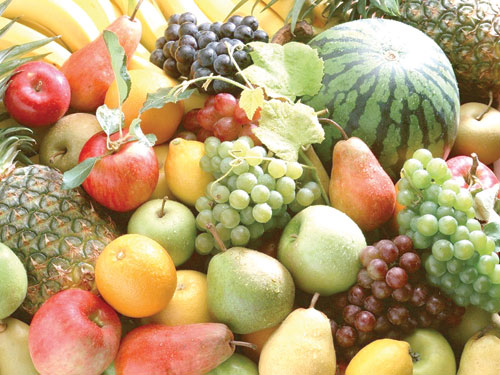Agricultural research has led to improved productivity - CSIR
 Years of painstaking agricultural research has led to significant improvement in production and productivity, as well as high financial returns for farmers.
Years of painstaking agricultural research has led to significant improvement in production and productivity, as well as high financial returns for farmers.
Advertisement
According to statistics released by the Council for Scientific and Industrial Research (CSIR), although the national production average for cassava, for instance, was 13.5t/ha with a net return of GH¢1684.95, a new cassava variety – CRI Bankye Hemaa – yields 48.8t/ha, giving a net return of GH¢7587.34.
With respect to rice, the national production average stood at 2.4t/ha with a return of GH¢859.15, but the Wakatsuki Rice variety introduced by the CSIR yields 6.1t/ha with a net return of GH¢4139.16.
The Director-General of CSIR, Dr S. B. Salifu, made this known in Accra last Wednesday at a symposium to mark Ghana Day at the sixth Africa Agriculture Science Week 2013.
The symposium was organised by the Ministry of Environment, Science, Technology and Innovation.
It formed part of the conference under the auspices of the Forum for Agricultural Research in Africa (FARA), with the theme: “Africa feeding Africa – Through agricultural science and innovation”.
Making a presentation on the topic: “The role of research in Ghana’s agricultural development,” Dr Salifu said since the 1930s, agricultural research had been the major driving force of productivity in the sector.
He cited the adoption of good agricultural practices (GAPs) as one of the component technologies used to ensure optimum production and productivity.
Dr Salifu also said research had led to the provision of high-yielding oil palm progenies and their seedlings, as well as varieties of coconut, some of which were tolerant to the Cape St Paul Wilt disease.
With regard to livestock, he said brooding technology developed at the CSIR had helped to reduce the death of guinea fowls from disease, from more than 90 per cent to 10 per cent.
He said with such reduction rate, each guinea fowl farmer was likely to make GH¢700 out of which GH¢300 was profit.
“All together, total annual income accruing from the enterprise can add up to GH¢66.5 million, out of which GH¢35.6 million is profit to farmers.
On post-harvest management of agricultural produce, Dr Salifu said the intervention included the use of Gamma irradiation facility at the Ghana Atomic Energy Commission (GAEC) to disinfect and decontaminate grains, fish, meat and animal feed to improve quality.
He added that the Gamma irradiation facility was also used to extend the shelf life of potatoes, yam and other crops.
By Kofi Yeboah
Writer’s Email: [email protected]




